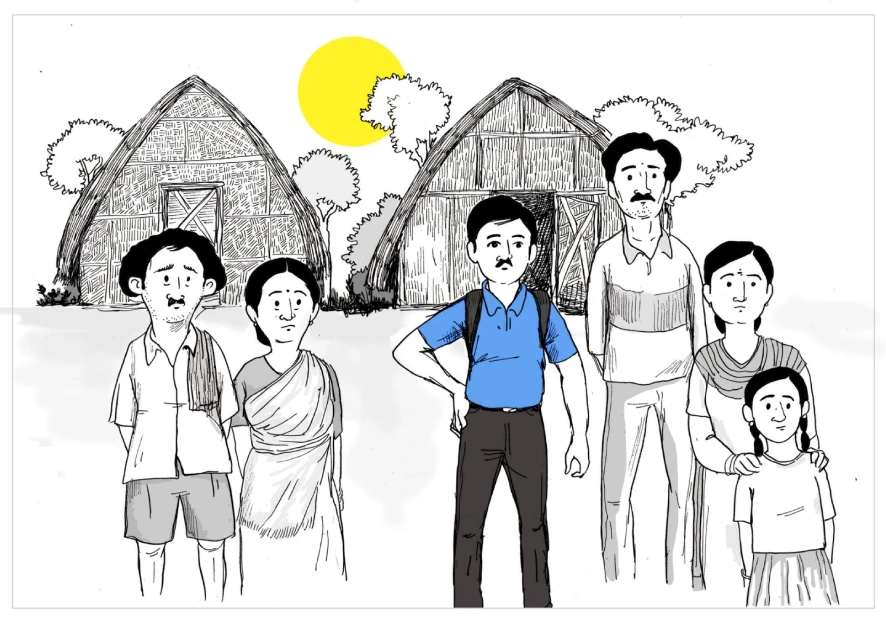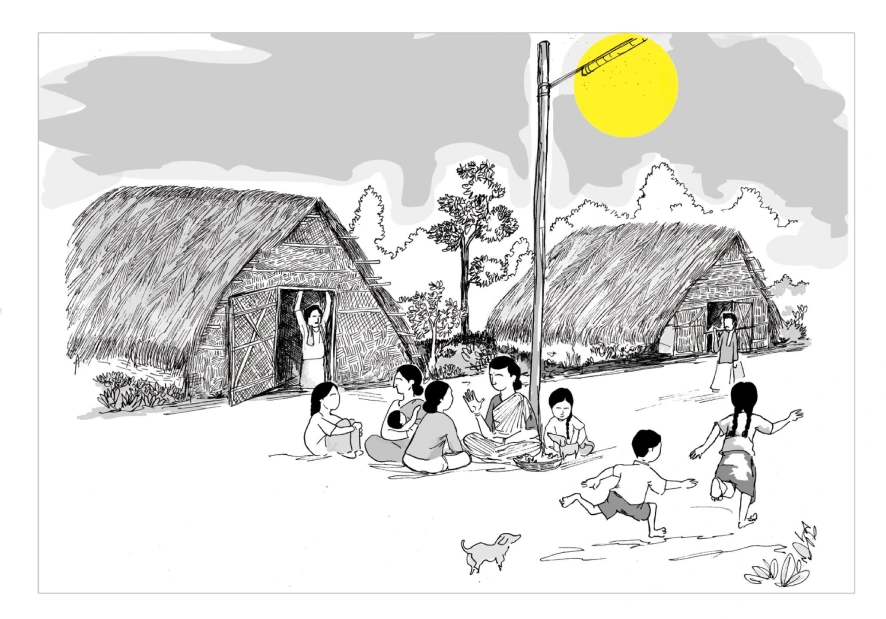Lighting for Households
The Cracks Begin to Show in a Successful Programme: Lighting for Households
The lack of basic lighting in a household can have far-reaching consequences on domestic life, livelihoods, education, and health. In India, a large number of the urban poor are deprived of social security benefits and turn to kerosene lamps and firewood to meet their basic energy needs. The pressure of this can be felt on their monthly expenditure and also takes a toll on their physical health.
Take, for example, the Havadiga community, an indigenous community that lives off the grid, and is known for their snakebite-healing abilities. This does not contribute greatly to their income, and their primary means of livelihood remains agricultural work. The community has one grid-connected streetlight provided by the gram panchayat, which works irregularly.
Under Lighting for Households programme, we aimed to use a replicable and scalable model to meet the basic lighting needs in households that were outside the social security net. The SELCO Tumkur Branch Manager, formed a trusting relationship with the community by visiting them. He understood their needs and motivated the households to invest in solar power systems. The goal was to ensure a primary, reliable supply of energy and electrification in urban poor households where they relied on dirty fuels such as kerosene where the light quality is poor, and where people are exposed to dangerous smoke pollution. By adding more productive hours to these beneficiaries’ lives, we hoped this intervention would expand their livelihood activities, increase their basic incomes, and improve their quality of life.
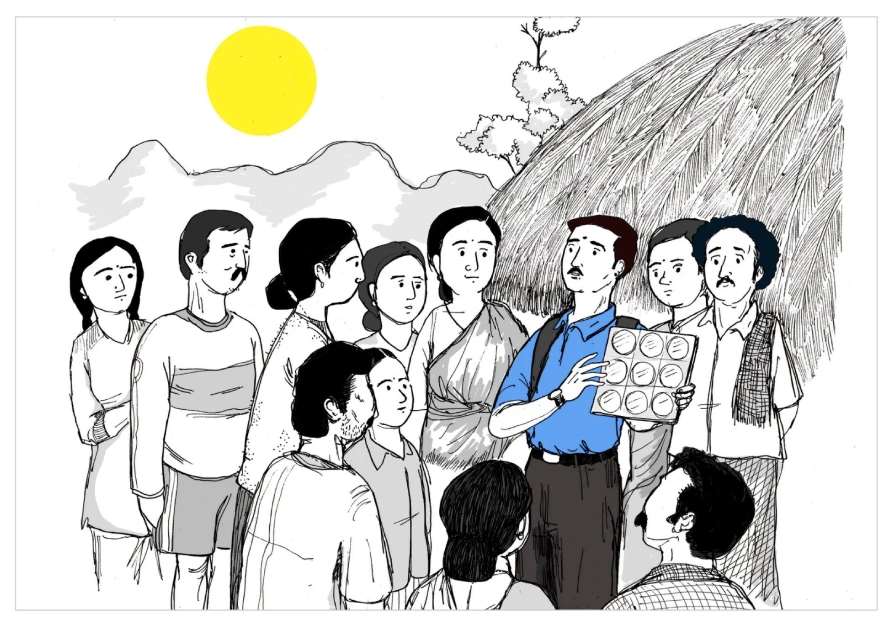
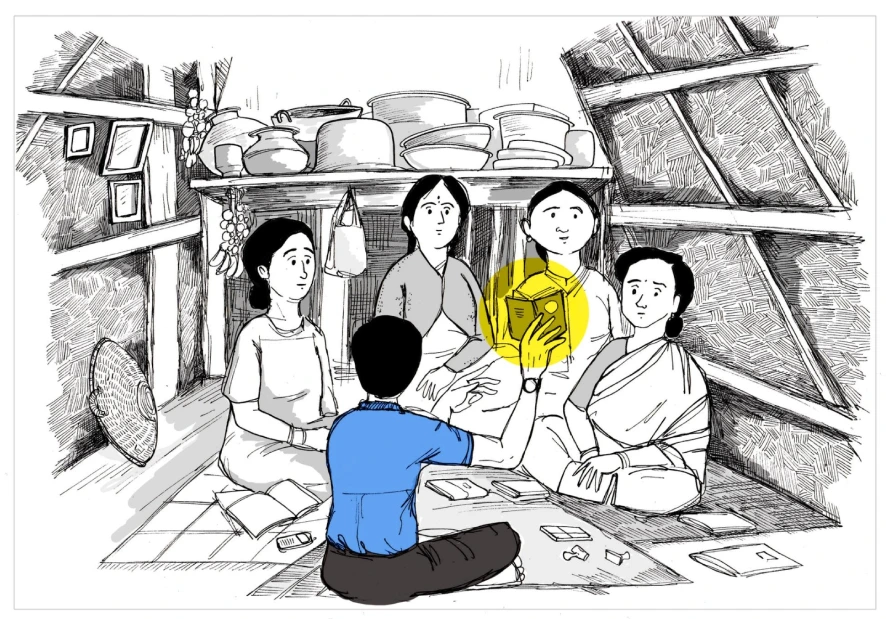
While the community members had bank accounts with the State Bank of Mysore, opened through a government programme, the accounts had not been used due to the lack of awareness. The bank manager, agreed to give the community a loan if they formed a joint liability group. A women’s group, Adishakti, was formed and at the meetings, every household contributed INR 10, and the corpus was deposited in the bank. The women were also trained in recordkeeping to help keep the financials transparent.
Initially, the programme was a huge success, as it leveraged the lighting intervention to enable financial inclusion for a landless, marginalised community. The financial model and partnership with financial institutions became a model for others to use in their programmes as well. However, despite our experience in providing energy solutions and prior work with financial institutions, the Lighting for Households programme was not without major problems.
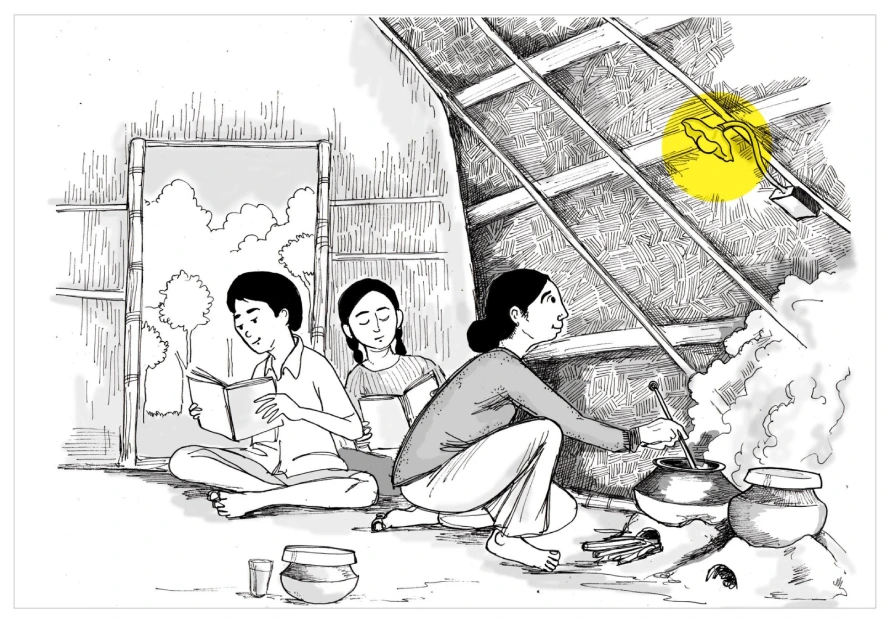

Earlier, several household activities were conducted outside, with the community sharing the single street light along with other resources. The women cut and prepped the vegetables, and cooked outside, while the children would play. With lighting in their homes, these activities shifted indoors, which disrupted the social fabric of the community. Furthermore, it took cooking indoors – where the families were now exposed to the smoke from cooking – which impacted their health.
While the story was recounted as a model programme, the more we observed it, the more evident the cracks became. If we looked at the project from a lighting perspective it was a success, it is also a successful example of financial inclusion in an indigenous community. But the moment we look at it from the end-user’s perspective – the programme had failed. SELCO’s intervention, while well-intentioned, highlighted the complexities of sustainable development and that the path to good intentions is paved with unforeseen challenges.
